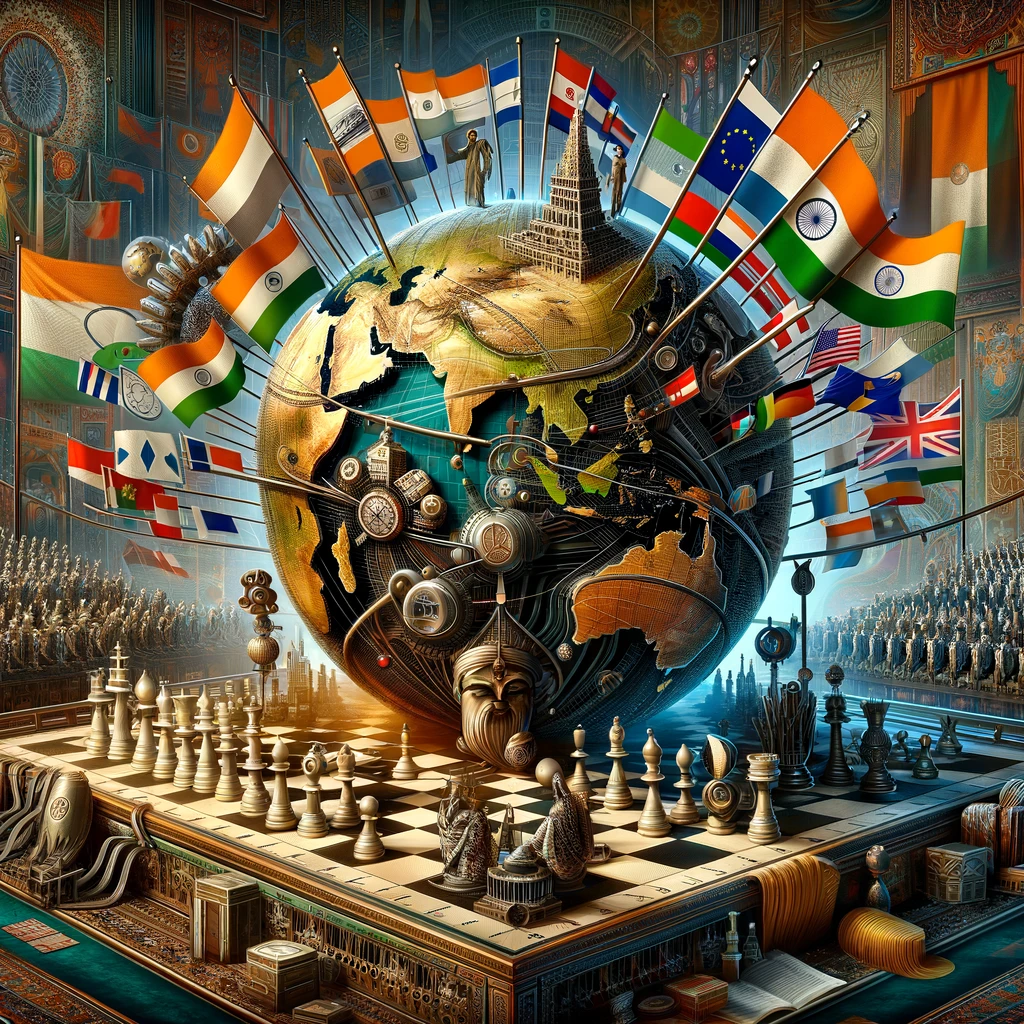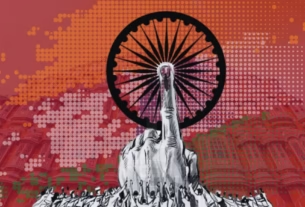In a move that’s more controversial than the debate on whether pineapple is an appropriate topping for pizza, Tajikistan has banned hijabs and other traditional Muslim attire. Yes, you read that right. The government of this Central Asian country under President Emomali Rahmon, has decided to police personal fashion choices raising eyebrows worldwide.
Tajikistan, home to about 10 million Muslims – or 96% of the total population – has taken an aggressive stance against Islamic clothing. The government argues that this move is to combat radicalism, reduce public religiosity and ensure national security. The new law restricts the import, sale, and wearing of ‘foreign’ clothes, apparently. However, critics see it as an infringement on religious freedom and a bid to control personal choices.
But why exactly did Rahmon decide to go all fashion police on his citizens? The ban includes not just hijabs but also long beards, which are seen as symbols of Islamic fundamentalism. This crackdown is part of a broader effort to curb what the government perceives as extremist threats. Rahmon’s administration fears that religious symbols could foster radical ideologies, a concern not entirely unfounded given the history of extremism in the region. However, the heavy-handed approach raises significant human rights questions.
The Man Behind the Ban
Emomali Rahmon, the long-serving President of Tajikistan, has a history that’s deeply intertwined with the Soviet era. Born in 1952, Rahmon’s formative years were spent under the atheistic regime of the USSR, which explains his stern anti-religious stance. Since coming to power in 1992, he has maintained tight control over religious practices, often citing security concerns. His connection to the USSR and its anti-religious policies have clearly influenced his governance style, leading to these controversial measures.
Get this, Rahmon’s anti-religious stance isn’t new. The history of clothing bans in Tajikistan under Rahmon’s rule is a tale of progressive overload aka increasing restrictions. In 2007, Rahmon introduced a dress code that prohibited hijabs and beards for civil servants. This was just the beginning. By 2015, the government had expanded these restrictions, banning parents from giving their children Arabic names and mandating men to shave their beards. In 2017, authorities closed down thousands of mosques deemed “illegal.” The government’s approach has been consistent: curbing any visible sign of Islamic culture under the guise of maintaining secularism and security.
This brings us to a fundamental question: Where do we draw the line between culture and religion? For many Tajiks, wearing a hijab or growing a beard isn’t just a religious obligation; it’s a cultural expression. The ban blurs this line, enforcing a secular lifestyle that feels alien to many citizens. It’s like telling Indians they can’t celebrate Diwali or eat mutton biryani — unthinkable.
Interestingly, while Tajikistan clamps down on Islamic attire, other parts of the world are experiencing a cultural shift. Europe, for instance, is becoming more religious, influenced by increased inclusivity and immigration. Countries like Germany and Sweden have seen a rise in religious practices among their populations, driven largely by immigrant communities who bring their traditions and beliefs with them. This trend contradicts the secularisation narrative that has dominated Europe for decades.
Read more: Israel-Palestine conflict
The Global Fashion Paradox
On the flip side, Arab countries, traditionally seen as conservative strongholds, are embracing liberal values. Saudi Arabia recently hosted a fashion show, marking a significant departure from its conservative past. The kingdom, under Crown Prince Mohammed bin Salman, is undergoing rapid modernization, allowing more freedoms and encouraging cultural openness.
This global paradox raises another important question: Why is Tajikistan only banning Islamic clothing? Why not jeans, skirts, or T-shirts? If the goal is truly to combat extremism, shouldn’t all potential symbols of radicalism be addressed? The selective nature of these bans suggests an underlying bias against Islamic practices specifically, rather than a genuine security concern.
Public Reaction and Rahmon’s Enduring Rule
Public reaction to these bans has been mixed. On one hand, there are those who support Rahmon’s measures, viewing them as necessary for national security and the preservation of Tajik cultural identity. On the other hand, many Tajiks feel alienated and oppressed, seeing these actions as an overreach of government power that infringes on personal freedoms and religious rights.
Despite the controversies, Rahmon has managed to remain in power for nearly 30 years. His enduring rule can be attributed to a combination of factors: a tightly controlled political environment, suppression of dissent, and the strategic use of security concerns to justify stringent measures. Additionally, Rahmon’s ability to project an image of stability and progress, despite these repressive policies, has helped him maintain a strong grip on power.
Why Are People Accepting These Rules?
The acceptance of Rahmon’s rules by a significant portion of the population can be attributed to several factors. Firstly, the fear of extremism and radicalisation is a genuine concern for many Tajiks, since the region itself is highly volatile, making them more inclined to support measures that promise security. Secondly, the lack of a strong political opposition and the suppression of dissenting voices leave little room for public protest or alternative viewpoints. Lastly, the government’s narrative that these measures are necessary for national unity and cultural preservation resonates with those who prioritise stability over personal freedoms.
What’s Next for Tajikistan?
As Tajikistan navigates this controversial path, the world I presume will watch closely. The government’s actions could either set a precedent for other countries grappling with similar issues or face backlash for infringing on personal freedoms. The key will be finding a balance that ensures security without stripping citizens of their cultural and religious identities.
The ban has already sparked debates about personal freedom and government overreach. While the administration claims the measures are necessary for national security, many Tajiks may feel alienated and oppressed. The move will also draw international criticism, with human rights organisations calling for the government to respect religious freedoms.
Fashion Policing or Security Measure?
Tajikistan’s ban on hijabs and beards is a complex issue that intertwines culture, religion, and politics. President Rahmon’s Soviet-influenced policies reflect a deep-seated distrust of religious practices, but the selective nature of the ban raises questions about its true intentions. Meanwhile, the rest of the world continues to grapple with its own cultural and religious dynamics, highlighting the diverse ways nations address the intersection of tradition and modernity.
As the country enforces its dress code, the global community remains divided—some see it as a necessary measure for security. In contrast, others view it as an infringement on fundamental human rights. The debate is far from over, and the outcome will undoubtedly shape the future of religious and cultural expression in Tajikistan and beyond.
Read more: Red Sea Crisis




